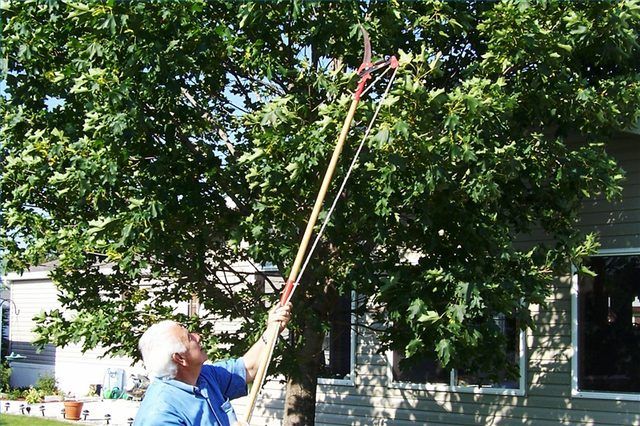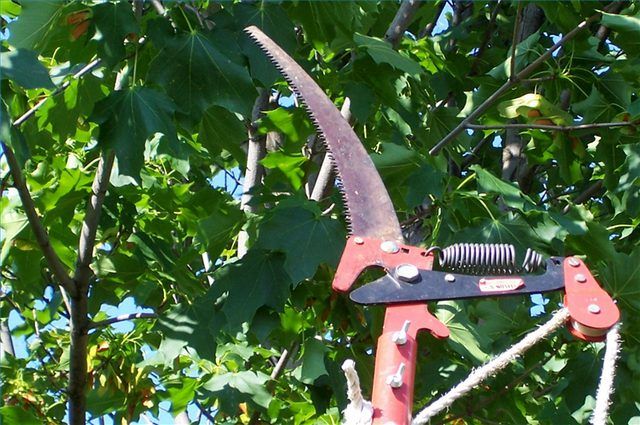Bulbs
Flower Basics
Flower Beds & Specialty Gardens
Flower Garden
Garden Furniture
Garden Gnomes
Garden Seeds
Garden Sheds
Garden Statues
Garden Tools & Supplies
Gardening Basics
Green & Organic
Groundcovers & Vines
Growing Annuals
Growing Basil
Growing Beans
Growing Berries
Growing Blueberries
Growing Cactus
Growing Corn
Growing Cotton
Growing Edibles
Growing Flowers
Growing Garlic
Growing Grapes
Growing Grass
Growing Herbs
Growing Jasmine
Growing Mint
Growing Mushrooms
Orchids
Growing Peanuts
Growing Perennials
Growing Plants
Growing Rosemary
Growing Roses
Growing Strawberries
Growing Sunflowers
Growing Thyme
Growing Tomatoes
Growing Tulips
Growing Vegetables
Herb Basics
Herb Garden
Indoor Growing
Landscaping Basics
Landscaping Patios
Landscaping Plants
Landscaping Shrubs
Landscaping Trees
Landscaping Walks & Pathways
Lawn Basics
Lawn Maintenance
Lawn Mowers
Lawn Ornaments
Lawn Planting
Lawn Tools
Outdoor Growing
Overall Landscape Planning
Pests, Weeds & Problems
Plant Basics
Rock Garden
Rose Garden
Shrubs
Soil
Specialty Gardens
Trees
Vegetable Garden
Yard Maintenance
How to Use a Tree Pole Trimmer
How to Use a Tree Pole Trimmer. Ever wonder how your neighbor keeps his trees so neat? He probably uses a pole tree trimmer--a pruning saw (and frequently a branch lopper) attached to a long pole. These handy tools are available at most hardware stores. Unless you have ancient trees that require a bucket truck, keeping them pruned properly and...

Ever wonder how your neighbor keeps his trees so neat? He probably uses a pole tree trimmer--a pruning saw (and frequently a branch lopper) attached to a long pole. These handy tools are available at most hardware stores. Unless you have ancient trees that require a bucket truck, keeping them pruned properly and tidying up after wind storms can be a fairly easy and inexpensive proposition.
Things You'll Need
Tree trimmer
Safety glasses
Gardening or work gloves
Look at your trimmer. A pole tree trimmer should have a pruning saw on the one end and a lopper for small branches mounted underneath it. One side of the lopper is stationary, but the other scissors downward and is controlled by a spring and a rope and pulley mechanism that allows remote operation. This combination will be mounted on a pole, varying between 6 to 12 feet in length with eye bolts along its length to guide the rope used to control the lopper. Longer poles come in two sections so the trimmer can be broken down for easy storage.

Prepare your trimmer and yourself to do a job that takes concentration and care. Be sure that connections are sound and all bolts are tight. Unwind the control rope, and check that it is not tangled or frayed. Wear gloves to avoid rope burn and safety glasses to protect your eyes. If you're trimming out larger branches or working in a place where you can't see very well, like an old, mosquito-infested lilac or overgrown tree, you might want to wear a bike helmet or at least a baseball cap to deflect falling plant material.
Use the saw for larger branches. Remove branches that rub on others and branches that block light and air from the tree's center. Prune branches broken in storms and branches that have overgrown the basic shape of the tree. Always saw branches the way you hold the trimmer--on a slight vertical angle. Horizontal cuts collect water and insects which can lead to disease. Any time a tree's protective bark is removed, the tree is vulnerable to environmental hazards. So, if possible, seal the cut.
Use your lopper to thin out little branches or suckers--branches that grow from joints and draw water and nutrients from the branches on either side. Use your loppers to shape trees, too, but make sure that you know what shape (pyramidal, round, columnar) is natural for your tree. If you choose to re-shape your tree, you'll have a continual job to maintain the unnatural shape.
Maintain your trimmer. Clean and oil your pruning saw after use. With normal use, it should never need sharpening. Keep the lopper clean, too and lubricate the hinge periodically. Keep the rope wound around the pole when not in use so that it stays dry and doesn't present a nuisance. Never store your trimmer standing on its saw. Hang it horizontally on a wall in your shed or garage if possible to keep it handy and away from the damp floor.
Tips & Warnings
Find a section on tree trimming in a garden or landscape book. The Arbor Day Foundation offers a pamphlet on its website (see Resources). Follow instructions about how and when to prune your tree. Most trees recover most rapidly when trimmed during dormancy or just after blooming, when their slower metabolism benefits from removal of material demanding water and nutrients.
Everything on a pole trimmer is easily replaceable, but the hardware--the head assembly and the bracket that seats the pole if it's one that comes apart. The rope, pulley wheel and all the eye bolts can be easily replaced at the hardware store. Replace worn bolts and frayed rope to avoid accidents.
Never trim the center or top, growing shoot of the tree. You'll force it to grow out instead of up. This technique, called topping, and pruning side branches severely, called tipping, is used to stunt fruit trees' growth and force fruit production. However, it only weakens shade trees.